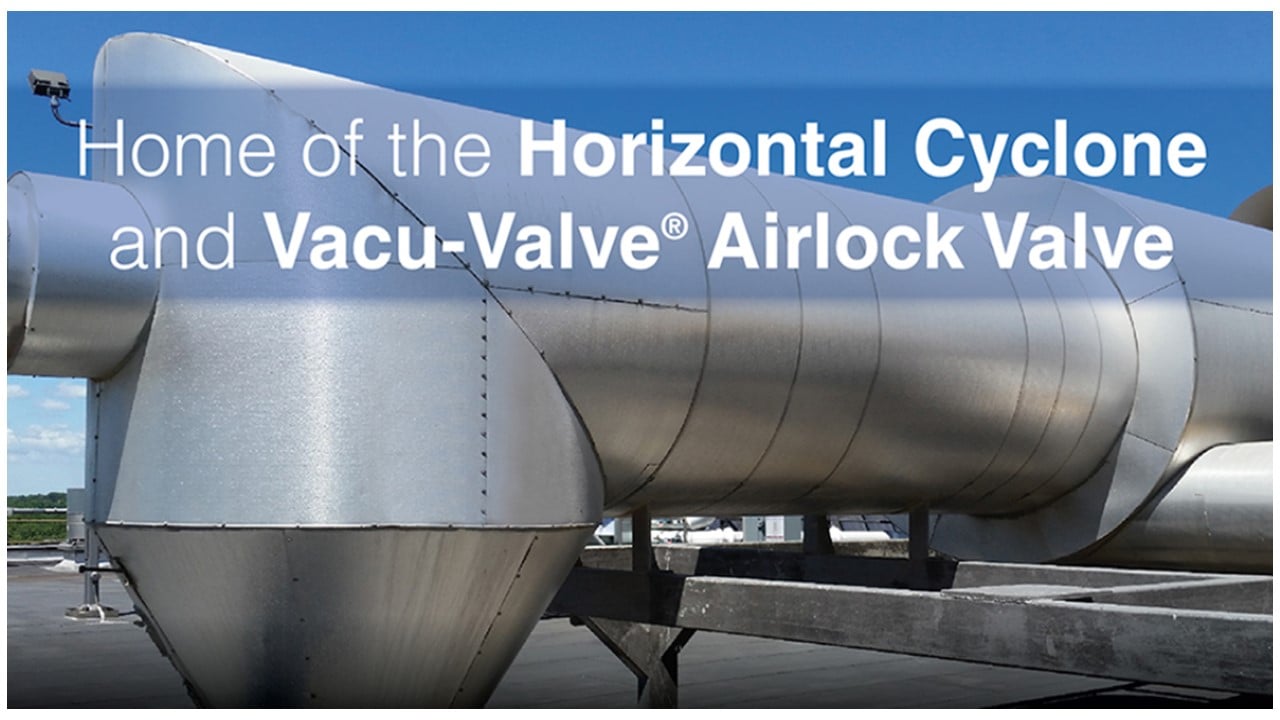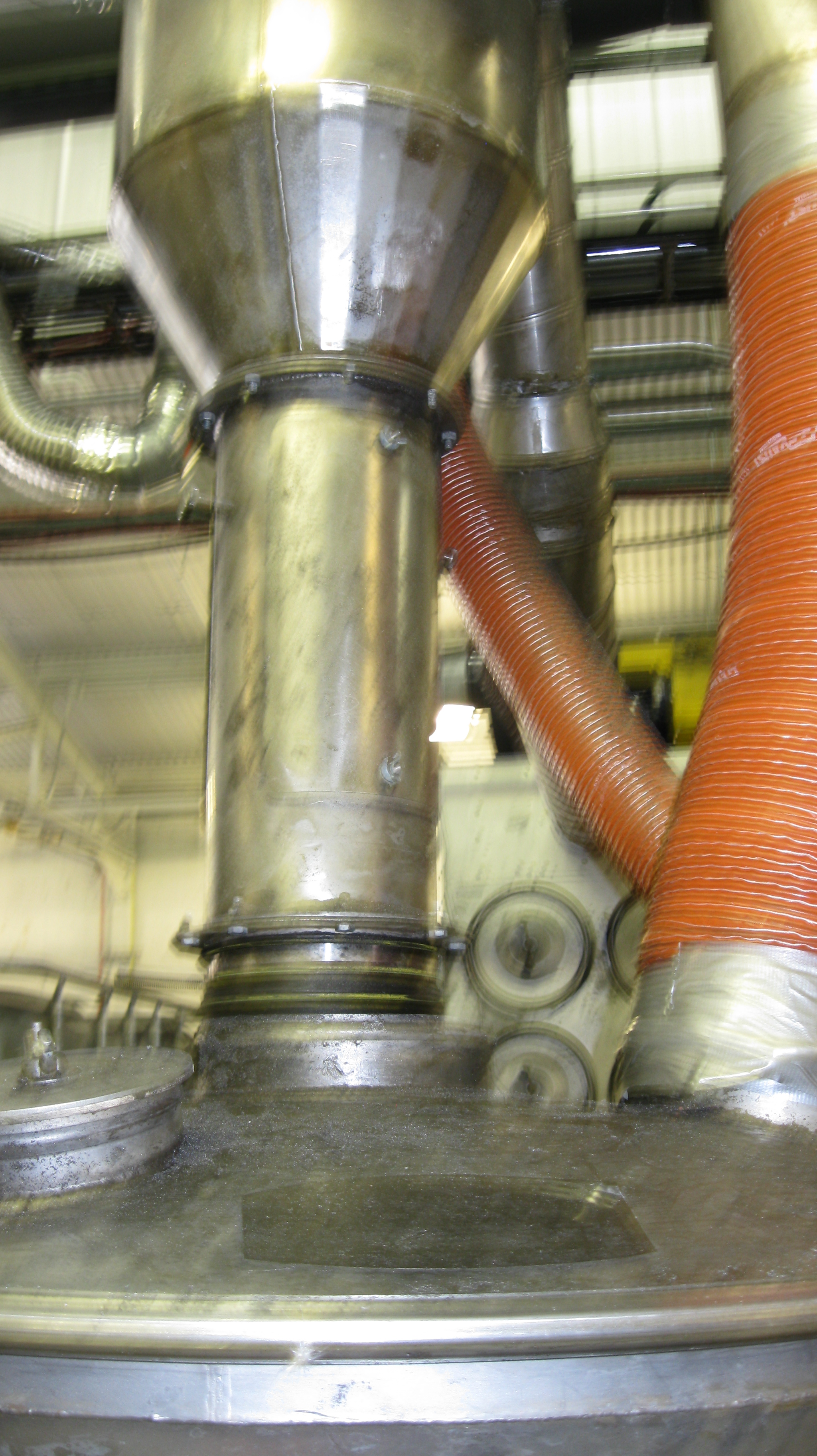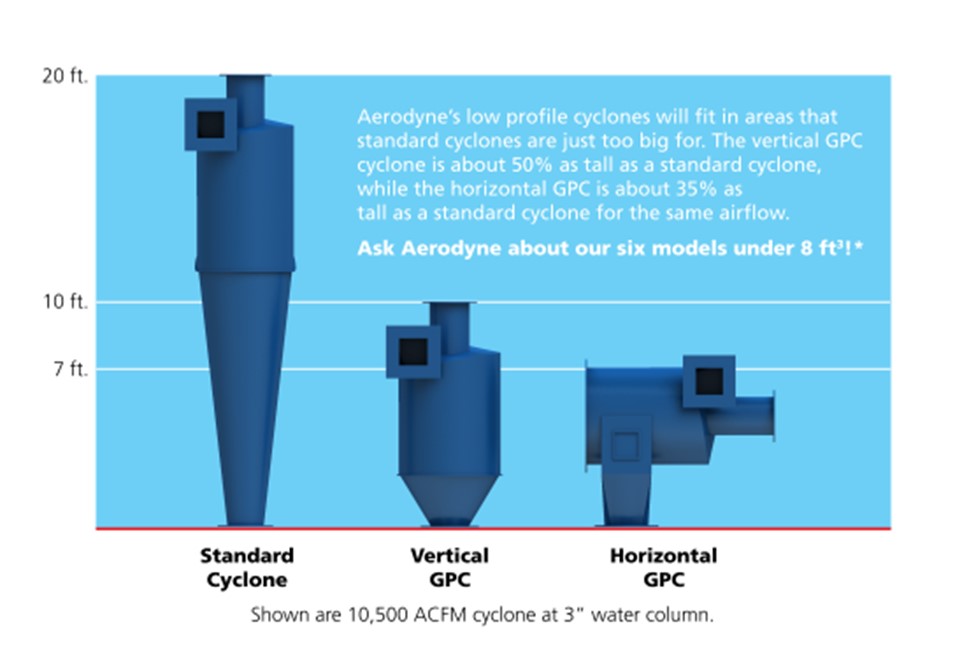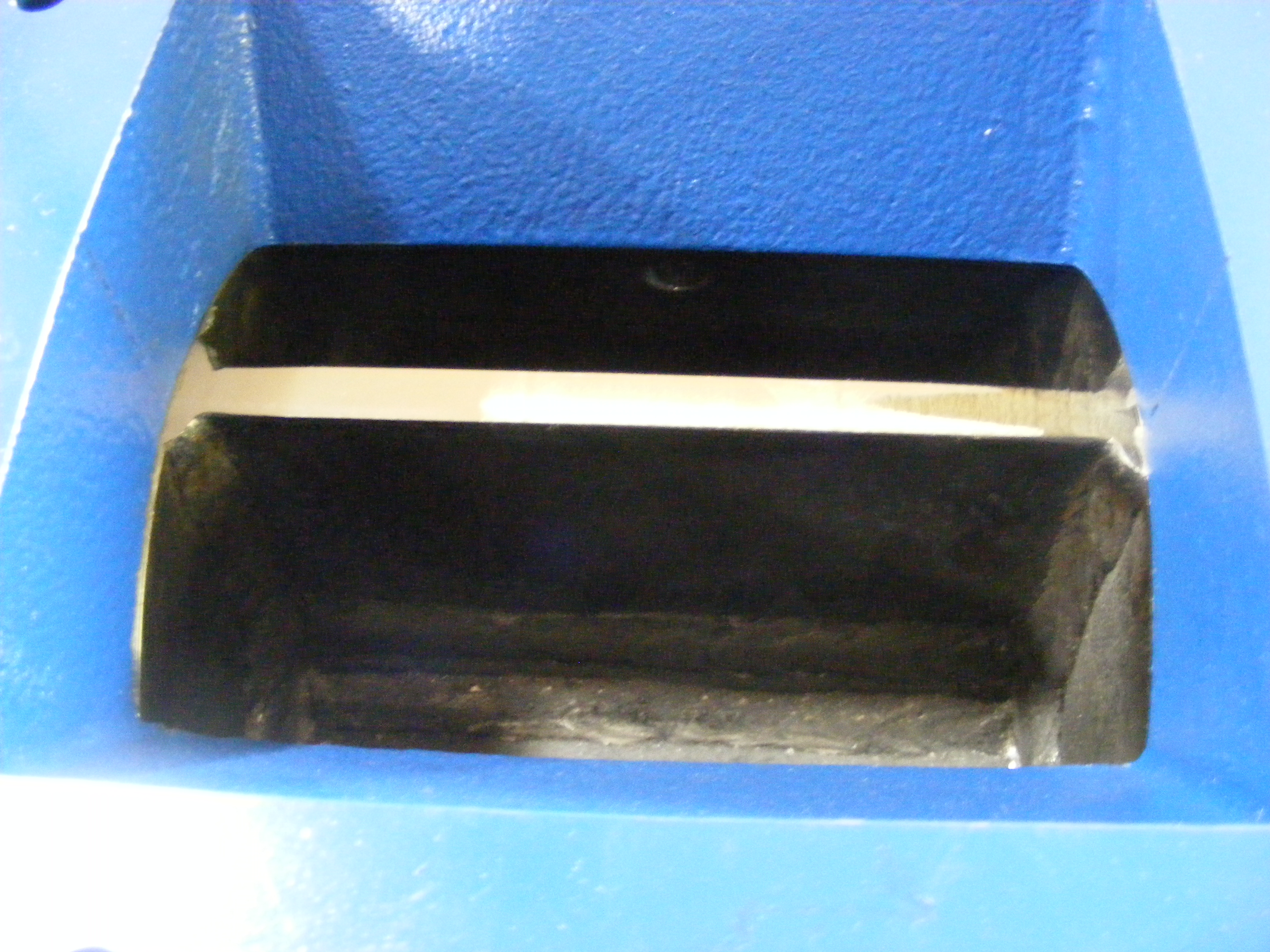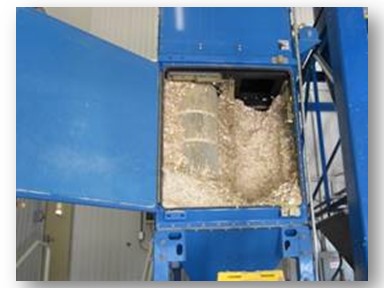In industries that require effective dust collection systems, cyclones are well-known for their efficiency in removing dust and other particulate matter from air streams. They work as excellent pre-filters, reducing the load on baghouses or cartridge collectors and minimizing the risk of contamination. However, the challenge many facilities face is the limited headroom to install a traditional vertical cyclone or the lack of space to add a cyclone to an existing dust collection system. This is where horizontal cyclones provide a game-changing solution.
Challenges with Traditional Cyclones
Traditional cyclones are tall, vertical structures that often take up significant space indoors. For facilities with limited ceiling height, installing one of these cyclones can be impractical. In some cases, a hole in the roof is required for installation, which adds a layer of expense and complexity. Additionally, outdoor installations can face maintenance difficulties due to exposure to the elements.
The Solution: Horizontal Cyclones
Horizontal cyclones offer a compact, space-saving solution. By reorienting the cyclone horizontally, it becomes about one-third the height of its traditional counterpart, making it an ideal solution for spaces with low headroom. With both the inlet and outlet on the same horizontal plane, these cyclones can replace a 90° turn of ductwork (either vertical or horizontal), further cutting down on installation costs.
What sets horizontal cyclones apart is their potential to offer high dust removal efficiencies. Some designs are optimized to perform as well as or even exceed the performance of taller cyclones. This advantage allows a smaller cyclone to match the efficiency of a larger one, reducing both space and material costs.
The Aerodyne GPC Cyclone: Compact Yet Powerful
One of the best examples of a high-efficiency horizontal cyclone is the Aerodyne GPC Cyclone. Available in both horizontal and vertical configurations, the GPC offers remarkable efficiency while maintaining a compact form factor. The GPC Cyclone eliminates the need for the long, tapered body traditionally required by cyclones. This streamlined design makes it a perfect solution for facilities with limited space, offering an efficient dust collection system without the need for excessive installation room.
Key Benefits of the GPC Cyclone:
- Pre-filter for baghouses and fabric filters: It reduces the dust load, prolonging the life of your main filtration system.
- Increases removal efficiency: It ensures dust is effectively separated, improving air quality and protecting equipment.
- Increases filter life: By handling larger particles before they reach the baghouse, the GPC extends the life of expensive filters.
- Available in both horizontal and vertical configurations: Ideal for tight spaces or specific installation needs.
- Compact design: Less space required, making it a perfect fit for facilities with limited floor space or overhead clearance.
- Available in multiple sizes: The GPC Cyclone offers six sizes, each with less than 8 cubic feet of capacity, making it perfect for facilities with strict space limitations (compliant with NFPA 654).
Additionally, the GPC Cyclone's versatility extends to mobile units, making it ideal for various industrial applications. It’s also available with custom designs and easy-clean options for industries such as food processing, pharmaceuticals, and pigments.
The Aerodyne SplitStream Cyclone: Dual-Stream Design for Tough Dust Challenges
For facilities dealing with especially challenging dust types—such as abrasive, fibrous, sticky, or hygroscopic materials—the Aerodyne SplitStream Cyclone offers a unique solution. This cyclone design combines two airstreams, providing high-efficiency dust removal without sacrificing space. Available in both horizontal and vertical configurations, the SplitStream can be integrated into existing systems or installed in space-constrained areas.
One of the major benefits of the SplitStream Cyclone is its minimal maintenance. With no major moving components, the SplitStream is designed for durability and efficiency, reducing wear and tear from abrasive particulates. Its innovative design also allows it to handle variations in process temperature while efficiently collecting dust, making it suitable for a wide range of industrial applications.
Key Features of the SplitStream Cyclone:
- Handles a wide range of materials: Perfect for industries dealing with challenging dust types.
- Minimal maintenance: No major moving components mean less upkeep and fewer chances for failure.
- Space-saving design: Fits in horizontal spaces and can be installed in both new and existing facilities.
- Handles abrasive and sticky materials: Reduces wear and allows for effective collection of tough dust types.
Horizontal cyclones, such as the Aerodyne GPC Cyclone and Aerodyne SplitStream Cyclone, are revolutionizing dust collection systems by offering efficient, space-saving solutions that can be easily integrated into existing setups. Whether you’re facing limitations with headroom or looking to optimize dust collection efficiency without taking up valuable space, these compact cyclones can provide the answer. By reducing both installation and material costs and boosting overall efficiency, horizontal cyclones are an excellent investment for industries focused on dust control and air quality.
To improve efficiency and safety, there is no substitute for an on-site inspection by an experienced expert. Click below to start with a free 20-minute phone consultation by clicking the button.

